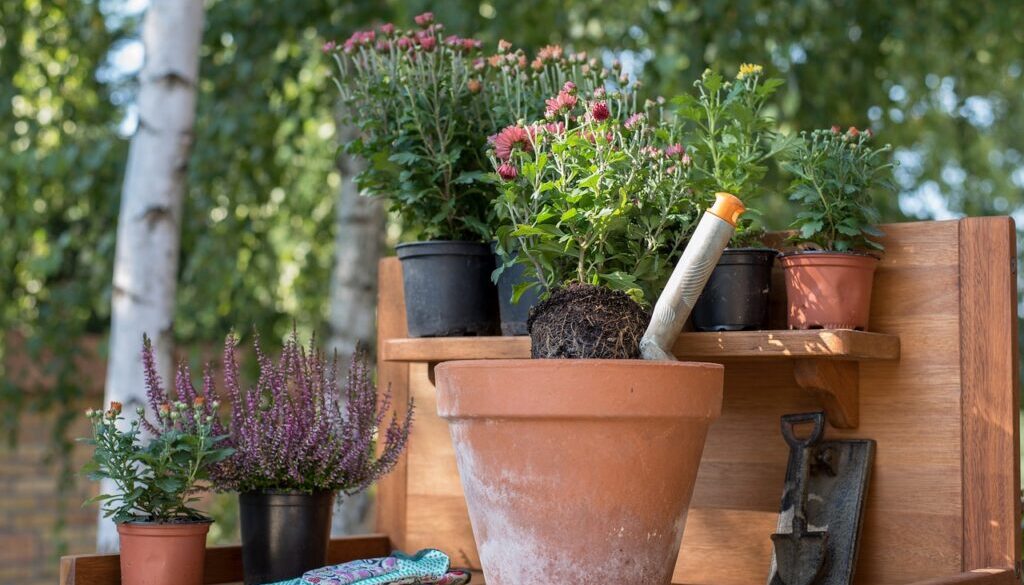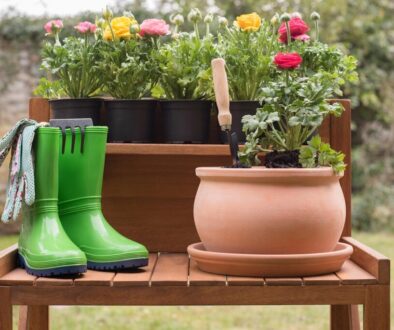How to Protect Your Plants from Frost in Early Spring
Spring is a time of renewal, but it can also be a tricky season for your garden. When you think winter is behind you, a surprise frost can swoop in and damage your tender plants. Don’t worry, though—protecting your plants from frost doesn’t have to be a daunting task. With a few simple strategies, you can keep your garden thriving even when the temperatures drop unexpectedly. Let’s dive into some practical tips to shield your plants from those chilly spring nights.
Know Your Plants: Which Ones Need Extra Care?
Not all plants are created equal when it comes to frost tolerance. Some, like pansies and kale, can handle a light frost, while others, like tomatoes and basil, are more sensitive. Before you start worrying, take a moment to identify which plants in your garden are frost-tender. This way, you can focus your efforts on those needing the most protection. A little research goes a long way in saving you time and energy. Plus, it’s a great excuse to spend more time in your garden!
If you’re unsure about a plant’s frost tolerance, check its tag or look it up online. Generally, young plants and seedlings are more vulnerable than established ones. Keep an eye on the weather forecast, too. If frost is predicted, you’ll want to act quickly to protect your green friends. Remember, a little preparation can make all the difference.
Cover Up: The Magic of Frost Blankets and Cloches
One of the easiest ways to protect your plants from frost is by covering them up. Think of it as tucking them in for a chilly night. Frost blankets, also known as row covers, are lightweight fabrics that allow light and water to reach your plants while trapping heat. Simply drape them over your plants before nightfall, and secure the edges with rocks or stakes to keep them in place.
If you’re looking for a more stylish option, try cloches. These bell-shaped covers can be made from glass, plastic, or even recycled materials like milk jugs. Place them over individual plants to create a cozy microclimate. Just remember to remove the covers during the day to prevent overheating. Your plants will thank you for the extra TLC!
Mulch Matters: Insulate Your Soil
Mulch isn’t just for keeping weeds at bay—it’s also a fantastic insulator. A thick layer of mulch can help regulate soil temperature, keeping plant roots warm during frosty nights. Straw, shredded leaves, or wood chips are all great options. Spread a 2-3 inch layer around the base of your plants, but be careful not to pile it too high against the stems.
Mulching also helps retain moisture, which is especially important in early spring when the weather can be unpredictable. Plus, it adds a neat, finished look to your garden. It’s a win-win! Just make sure to replenish the mulch as needed throughout the season.
Water Wisely: A Surprising Frost Defense
Here’s a tip that might surprise you: watering your plants before a frost can actually help protect them. Moist soil retains heat better than dry soil, creating a warmer environment for your plants’ roots. Water the soil (not the leaves) in the late afternoon or early evening, giving it time to absorb the moisture before temperatures drop.
Be careful not to overwater, though. Soggy soil can lead to root rot, which is just as harmful as frost damage. Aim for a happy medium—your plants will appreciate the balance. And if you’re worried about water freezing on the leaves, stick to watering the soil directly.
Create Microclimates: Use Your Garden’s Natural Features
Your garden’s layout can play a big role in protecting plants from frost. Take advantage of natural features like walls, fences, and slopes to create microclimates. These areas tend to be slightly warmer than the rest of your garden, making them ideal for frost-sensitive plants.
For example, planting near a south-facing wall can provide extra warmth during the day, which radiates back at night. You can also use larger plants or shrubs to shield smaller ones from cold winds. It’s like giving your plants a cozy little hideaway!
Bring Them In: Portable Plants to the Rescue
If you have potted plants or containers, consider bringing them indoors when frost is forecasted. A garage, shed, or even a covered porch can provide enough protection to keep them safe. Just make sure the space doesn’t get too cold—your goal is to shield them from freezing temperatures, not expose them to more chill.
For larger containers that are too heavy to move, group them together and cover them with a frost blanket. The combined warmth of the plants will help create a protective bubble. It’s like a plant sleepover!
Timing Is Everything: Plant Smartly
One of the best ways to avoid frost damage is to plant at the right time. Pay attention to your local frost dates and wait until after the last expected frost to plant tender crops. If you’re eager to get started, consider using cold frames or a greenhouse to give your plants a head start.
You can also choose frost-resistant varieties when planning your garden. Many vegetables and flowers are bred to withstand cooler temperatures, giving you one less thing to worry about. A little planning now can save you a lot of stress later.
Stay Vigilant: Monitor the Weather
Spring weather can be unpredictable, so it’s important to stay on top of the forecast. Apps and websites can provide real-time updates, giving you a heads-up when frost is on the way. Set reminders to check the forecast regularly, especially in the early weeks of spring.
If you’re caught off guard by a sudden frost, don’t panic. Even a simple solution, like covering plants with old bedsheets or newspapers, can provide temporary protection. The key is to act quickly and stay prepared.
Recovering from Frost Damage: Don’t Lose Hope
Despite your best efforts, frost damage can still happen. If your plants look wilted or discolored after a frost, don’t give up on them just yet. Wait until the weather warms up to assess the damage. Many plants can recover with a little care and patience.
Trim away any dead or damaged foliage, but avoid cutting into healthy tissue. Give your plants some extra water and nutrients to help them bounce back. With time, they may surprise you with their resilience. After all, plants are tougher than they look!
Final Thoughts: Embrace the Challenge
Protecting your plants from frost in early spring might seem like a lot of work, but it’s also an opportunity to connect with your garden. Each step you take—whether it’s covering plants, mulching, or watering—brings you closer to understanding their needs. And when you see your garden thriving despite the challenges, the effort will feel worth it.
So, grab your frost blankets, dust off your cloches, and get ready to tackle those chilly nights. Your plants are counting on you, and with these tips, you’ll be well-equipped to keep them safe.
Happy Gardening!








